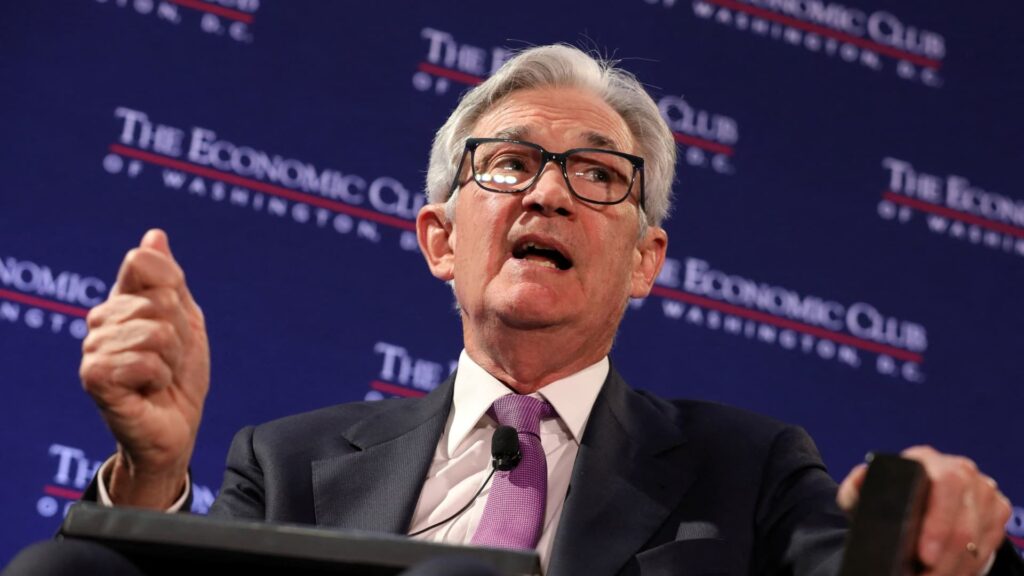U.S. Federal Reserve Chair Jerome Powell responds to a question from David Rubenstein (not pictured) during an on-stage discussion at a meeting of The Economic Club of Washington, at the Renaissance Hotel in Washington, D.C., U.S, February 7, 2023. REUTERS/Amanda Andrade-Rhoades
Amanda Andrade-rhoades | Reuters
The Federal Reserve is one year down its rate-hiking path, and in some ways it’s both closer and further away from its goals when it first set sail.
Exactly one year ago, on March 16, 2022, the Federal Open Market Committee enacted the first of what would be eight interest rate increases. The goal: to arrest a stubborn inflation wave that central bank officials spent the better part of a year dismissing as “transitory.”
In the year since, inflation as measured by the consumer price index has come down some, from an 8.5% annual rate then to 6% now and trending lower. While that’s progress, it still leaves the Fed well short of its 2% goal.
And it raises questions about what’s ahead and what the ramifications will be as policymakers continue to grapple with a persistently high cost of living and a shocking banking crisis.
“The Fed will acknowledge that they were late to the game, that inflation has been more persistent than they were expecting. So they probably should have tightened sooner,” said Gus Faucher, chief economist at PNC Financial Services Group. “That being said, given the fact the Fed has tightened as aggressively as they have, the economy is still very good.”
There’s an argument for that point about growth. While 2022 was a lackluster year for the U.S. economy, 2023 is starting off, at least, on solid footing with a strong labor market. But recent days have shown the Fed has another problem on its hands besides inflation.
All of that monetary policy tightening — 4.5 percentage points in rate increases, and a $573 billion quantitative tightening balance sheet roll-off — has been tied to significant dislocations that are rippling through the banking…
Read the full article here





